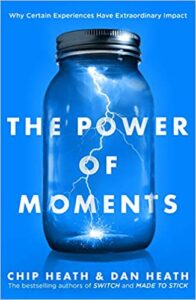Blog “As-Measured-By” Calls to Action
“Just Do It” worked for Nike. Let’s face it, though – readers of our marketing blogs aren’t going to convert to customers that easily.
True, as I stress in corporate blogging training sessions, blog content writing has an enormous advantage over traditional “push marketing” tactics, because, what blogging does best is deliver to corporate blog sites customers who are already interested in the product or service they’re providing!
In corporate blogging for business, the “ask” comes in the form of calls to action. Offering a reason for the requested action needless to say, greatly improves the chances of having your request fulfilled. At the City University of New York, I learned, experiment subjects were instructed to ask someone using a copy machine if they could go first. When persons making that request offered a reason, they were given permission 94% of the time (versus only 60% of the time when they gave no explanation for why they deserved to go first).
There’s more, though, to improving the chances readers with fulfill your requests. Jason Buetler, who trains software design apprentices at Edusource, uses the “as-measured-by” principle. In doing what Buetler calls “predictive” planning, it’s crucial to establish sets of benchmarks by which progress towards the goal can be measured.
What-can-I-expect questions are implicit in every decision-making process:
- “How will I know?”
- “ How will I measure success?”
- “ How can I tell it’s working?”
If our blogging Calls to Action are going to be effective, I realized, it’s up to us blog content writers to offer workable benchmarks, explaining the “as measured by”.
In “Say This, Not That”, Christine Georghiou advises salespeople to justify a request or statement with the word “because”. That word immediately answers the question on every prospect’s (and every online reader’s) mind – “What’s in it for me?”
“As-measured-by” goes even further than that, setting up specific, time-based expectations. For reader/prospects to know what’s in it for them, they need the reassurance that certain signals will be there to tell them results are in the process of happening.
Use “as-measured-by” in your Calls to Action!





Follow us online!